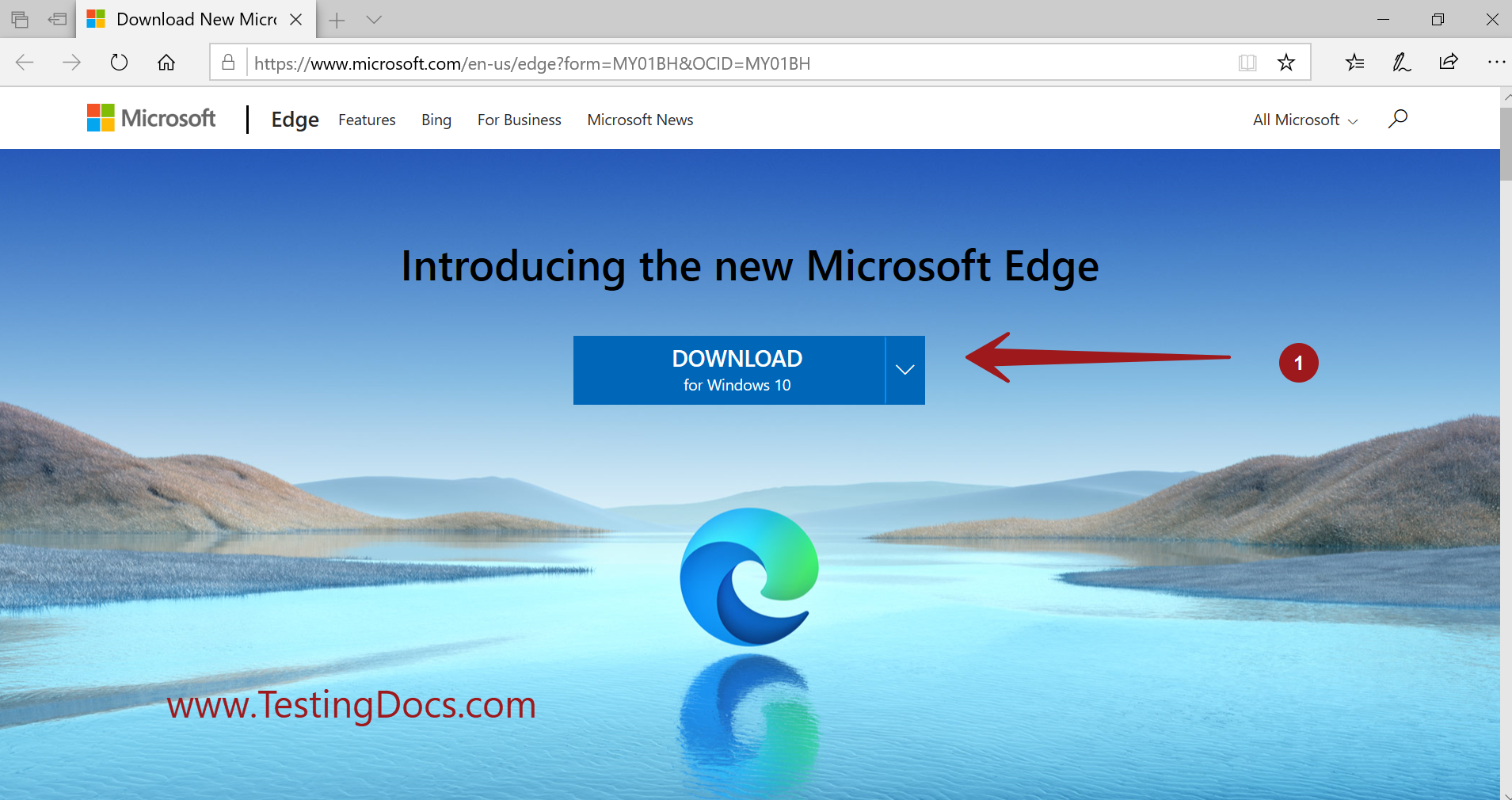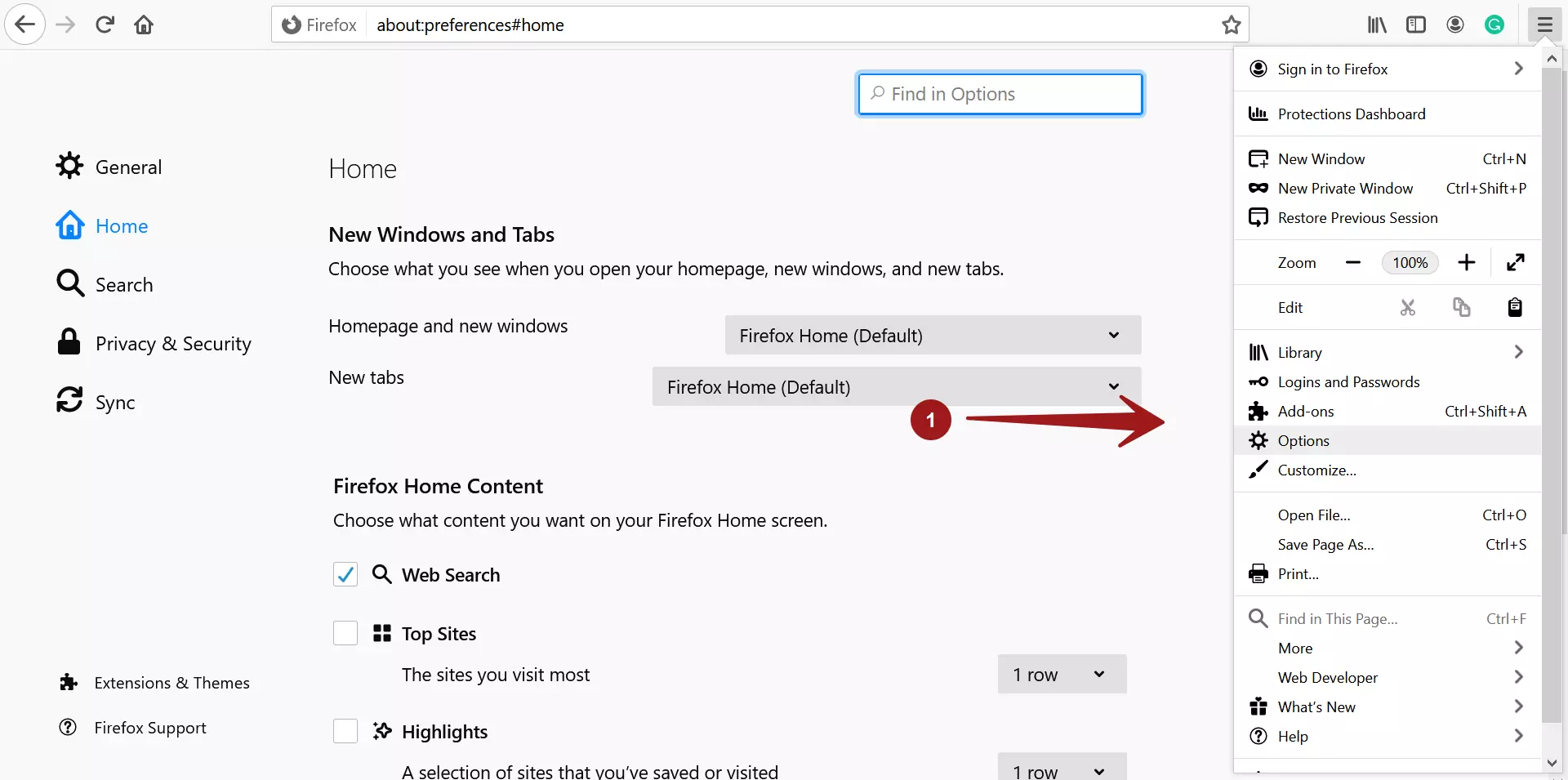What is Web 2.0?
What is Web 2.0?
In this post, we will learn about the definition of Web 2.0, its features, and examples of how it has revolutionized the internet. Web 2.0 represents a shift from static, read-only web pages to dynamic and interactive platforms that encourage user participation.
Web 2.0 refers to the second generation of the World Wide Web, characterized by a focus on user-generated content, collaboration, and interactivity. Unlike its predecessor, Web 2.0 enables a more engaging, community-driven experience where users are both content consumers and creators.
The term “Web 2.0” was popularized by Tim O’Reilly to describe the evolution of the web into a participatory and socially connected platform.
Features of Web 2.0
- User-generated Content: Platforms allow users to create and share content such as videos, blogs, reviews, and images.
- Interactive Web Design: Dynamic and responsive websites provide better user engagement with features like real-time updates and drag-and-drop interfaces.
- Social Networking: Enhanced interaction through social media platforms and online communities connecting people globally.
- Rich User Experience (RUE): Websites use advanced technologies like AJAX and HTML5 for improved interactivity and design.
- Collaborative Environment: Tools like Google Docs and Slack enable real-time collaboration and teamwork across different locations.
- APIs and Interoperability: Web 2.0 platforms integrate seamlessly with other services through APIs, allowing for customization and extended functionalities.
- Tagging and Metadata: Use of tags and metadata for better content organization and searchability.
Examples of Web 2.0
- Social Media Platforms: Facebook, Twitter, Instagram, LinkedIn, and Pinterest.
- Video Sharing Websites: YouTube, TikTok, Vimeo, and Dailymotion.
- Collaborative Tools: Google Docs, Trello, Slack, Microsoft Teams, and Notion.
- E-commerce Sites: Amazon, eBay, Flipkart, and Shopify.
- Blogging Platforms: WordPress, Blogger, Medium, and Tumblr.
- Knowledge Sharing Platforms: Wikipedia, Quora, Stack Overflow, and Reddit.
- Streaming Services: Netflix, Spotify, and Hulu (user recommendations and playlists).
Impact of Web 2.0
Web 2.0 has transformed how people interact online by creating a participatory culture. It has paved the way for innovations like social media marketing, influencer culture, online education, and remote collaboration. It continues to evolve, influencing the rise of Web 3.0 and the Semantic Web.

